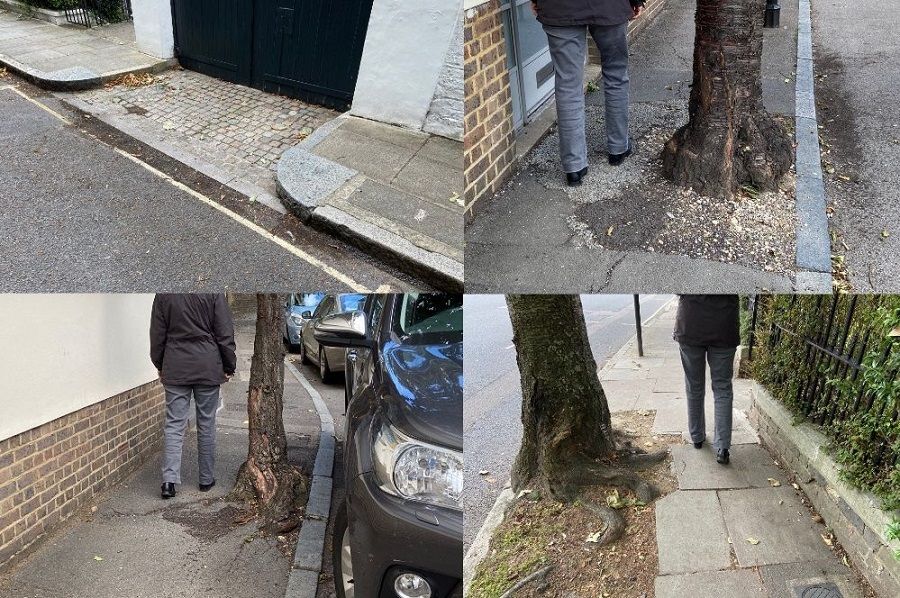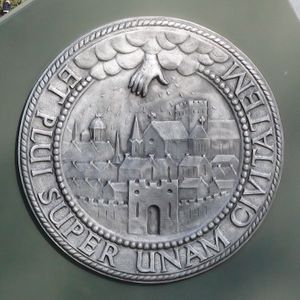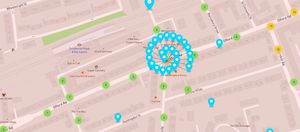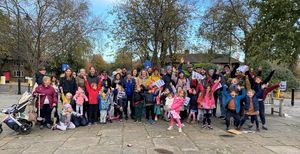The Islington Tribune letters page has recently hosted a lively debate about the pavements in Barnsbury/Laycock. People are questioning why we are so often confined to narrow, uneven, walking corridors when there are acres of wide open tarmac which could be available to us. Here are the letters...
But first, a brief message from our sponsors:
Have you dropped your pins on the map yet? If not, please do it now. If you’ve already dropped some, please drop some more.
Now, the pavement letters:
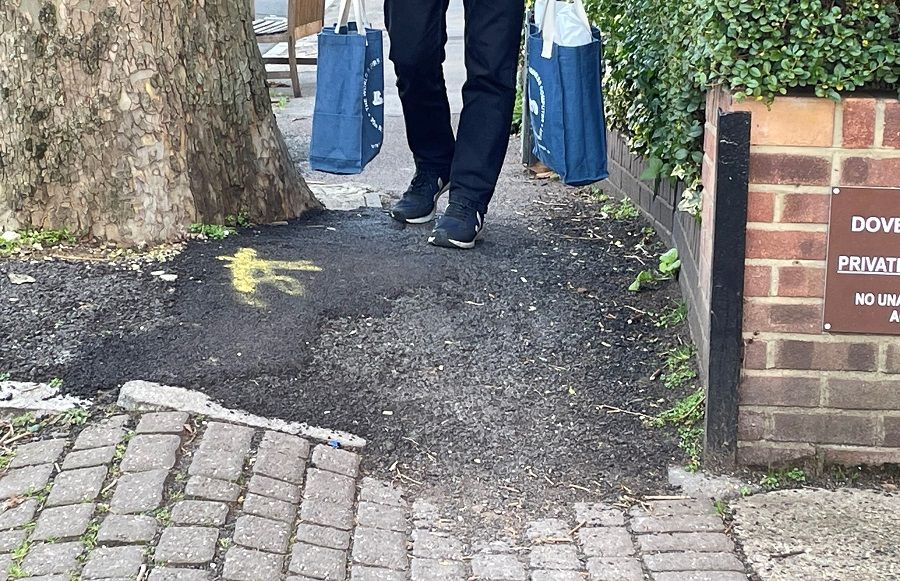
As part of the engagement process for Liveable Neighbourhoods the Council are asking people in Barnsbury and Laycock to think about our pavements and how they could be improved.
Drivers travel around our streets, chatting with their passengers, all comfortably seated in their upholstered easy-chairs, side by side, and, barring a few pot-holes, enjoying a smooth ride. Meanwhile along-side them, people on foot are walking single file along narrow, uneven pavements. Hemmed in by parked cars and trees on one side, and by front garden foliage or bins on the other, this can make the footway feel like a narrow tunnel. We have to weave around obstacles such as street furniture, puddles and dog poo. At night the parked vehicles put the pavements in shadow, making them even more dangerous to negotiate, and turning the tunnel from unpleasant to frightening. For the frail, for wheelchair users and the partially-sighted, for people with children or buggies, it is all even worse.
Not all pavements are like this, but many are. What’s needed is an agreed set of standards for what makes an acceptable pavement, and we need a plan to bring all pavements up to that standard.
As a bare minimum we think pavements must be level, and wide enough so that two people can walk comfortably side by side. This would provide walkers with an experience comparable to that enjoyed by people in cars: a smooth and social journey. Both of these pavement features (level and wide) are often compromised by the street trees which line many of our roads. We hope no one would advocate removing or damaging these trees. They are a visual delight and to mitigate our air pollution crisis and climate emergency we need more trees, not fewer.
If a pavement is unacceptable due to a tree, or any unmovable object, then the solution is to extend the pavement around the tree, providing a foot-bypass. Where the problem is a row of trees then the pavement must be widened continuously for the length of the row. In some cases this will mean removing car parking, or narrowing the space allocated for drivers to use.
Over the last 70 years we have allowed the monopolisation of our streets by vehicles to become the norm. But it doesn’t have to be like this. There is a different way to manage our public space, one that is more equitable, better for us all and better for the future.
Resident of Islington N1
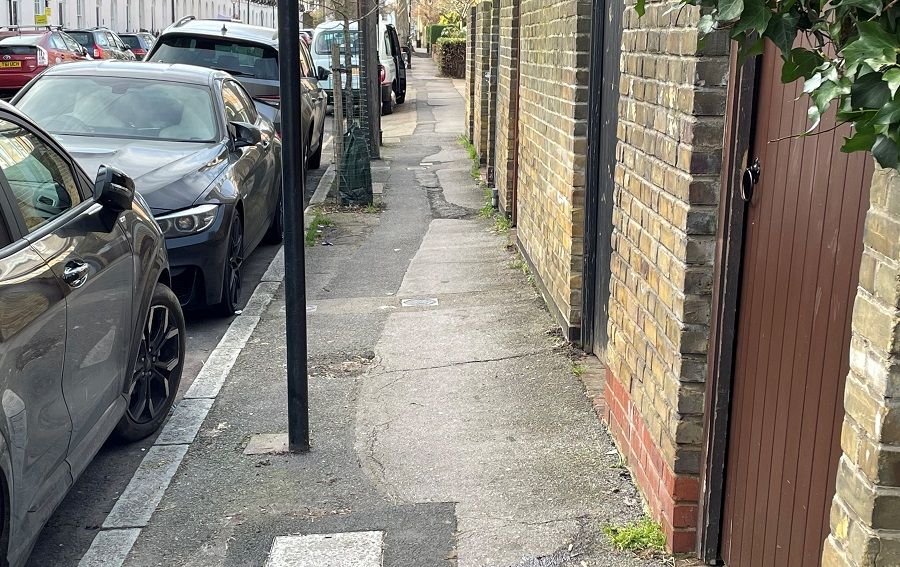
I was a little surprised by the letter complaining about narrow pavements and obstructions, since the new low traffic neighbourhoods, LTNs, and people-friendly streets, PFSs, mean that it is now perfectly safe to walk on the road in these areas,.
And there’s a much smoother surface, generally, to walk upon, so I hardly ever use a pavement these days.
On major roads they are usually wide enough for several people to walk abreast, and most “obstructions” are just metal poles with traffic signage or similar.
The proposal to build pavements out into the roadway where there are trees or other impediments would simply mean less roadway for traffic to use.
So that even the minimal traffic now seen in these roads could find it difficult to move around… or perhaps that is the fiendish idea?
J. Barton
Bevan Street, N1
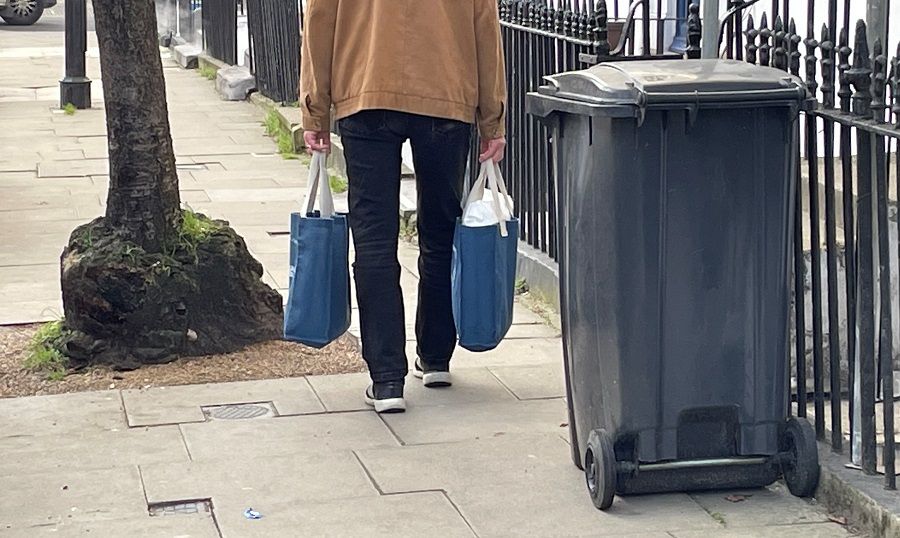
Referring to the poor state of some of our pavements and how difficult they are to use, J. Barton’s letter last week leads us to a solution. He/she points out that parts of Islington benefit from the low traffic brought about by the People Friendly Streets programme. In streets with low traffic people can avoid difficult pavements by simply walking in the road.
We certainly often do that, but in Barnsbury there are many local streets with dreadful pavements and lots of fast moving traffic. e.g. Islington Park Street, Bewdley Street, Offord Road, Thornhill Road, etc. Even self-assured people would not walk the road on these streets, so the less confident and those with children certainly would not consider it. On these streets we are all banished, single file, to the horrible pavements.
The planned Liveable Neighbourhoods will reduce the traffic on all streets, thus making even Islington Park Street, etc. somewhere everyone can walk safely and comfortably, truly “liveable”.
R. Walford, N1
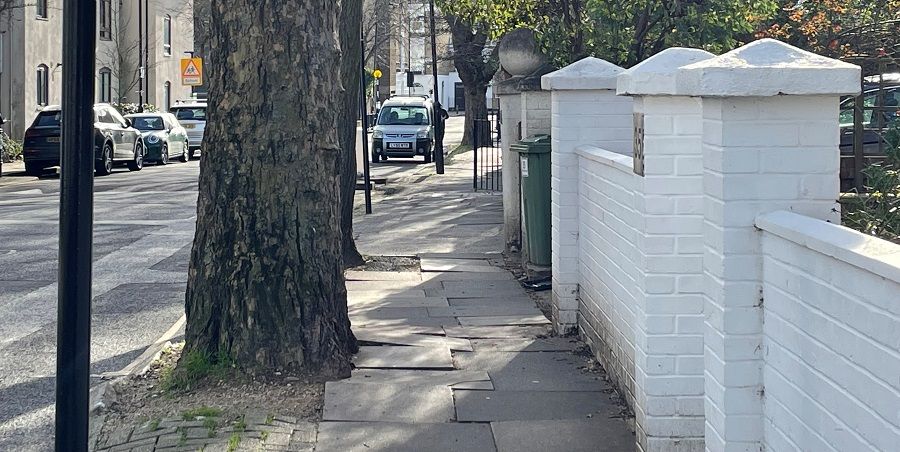
I was interested in J Barton’s assurance that LTNs, low traffic neighbourhoods, mean that it is perfectly safe to walk on the road in these areas. Bearing this is mind, and as extending pavements to give pedestrians more room would make it difficult for the minimal traffic to move around, why have pavements in these areas at all? In Walthamstow we have a “Mini-Holland” scheme which provides an opportunity to reallocate road space to uses other than vehicle lanes.
Jean Anderson, Westbury Road, E17
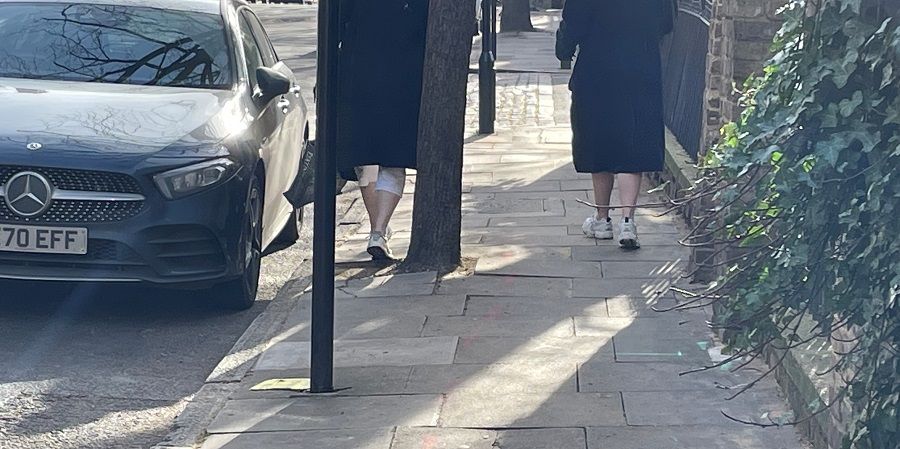
R. Walford states that walking in certain roads is “unsafe and dangerous” for pedestrians. R. Walford suggests that if Barnsbury and Laycock were to have liveable streets, then people would feel safe enough to walk in the roads and avoid the “difficult pavements”. This is simply not the case. All pavements in Barnsbury are wide enough to walk side-by-side with friends and neighbours and, in any event, were never intended as social hubs.
It is true that some pavements need repairing but repair work should not be used as an excuse to widen pavements.
A far greater danger to pedestrians than cars is the large number of speeding cyclists and e-scooter riders who use Thornhill and Barnsbury as their personal highway. Much more frightening for pedestrians. R. Walford also ignores what would happen if traffic filtering systems were allowed to go ahead on certain streets in Barnsbury. Traffic would simply be displaced onto our already congested boundary roads, causing longer journey’s more traffic jams and pollution. And what about the residents who live on these roads? Will they be able to walk on the roads? I think not!
Name and address supplied, N1
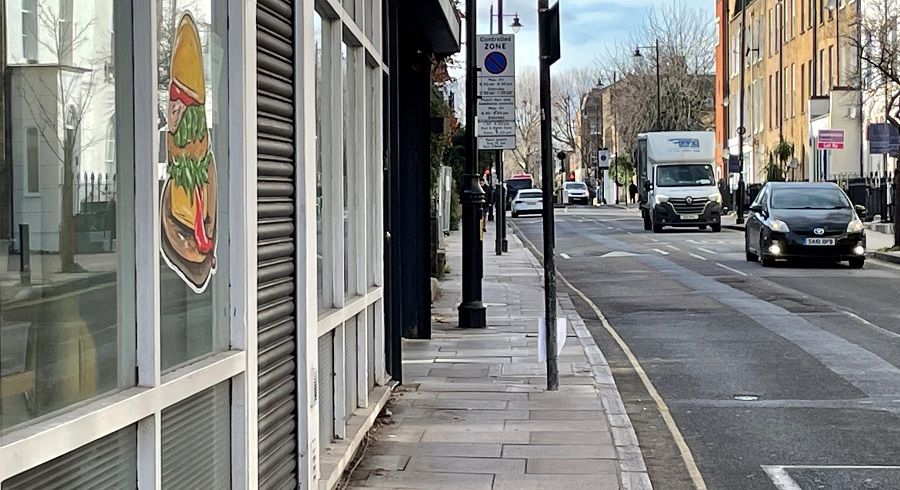
Last week an anonymous letter writer claimed that “all pavements in Barnsbury are wide enough to walk side-by-side with friends and neighbours and in any event were never intended as social hubs”. Well, that may be the view from the side-by-side, upholstered chairs in an SUV, but if Mr/Ms Anon had ever walked the local streets of Barnsbury they would know better. On many streets one has to go single-file, while watching carefully to avoid tripping on tree roots.
As for what local roads were intended for: they certainly were not intended to carry the volumes of traffic currently funnelled down them by all the SatNav technology. If the choice for these local streets is noisy, polluting, dangerous, planet-destroying traffic through-routes, or social hubs, then I know which one I’d chose.
M. Patti, N1
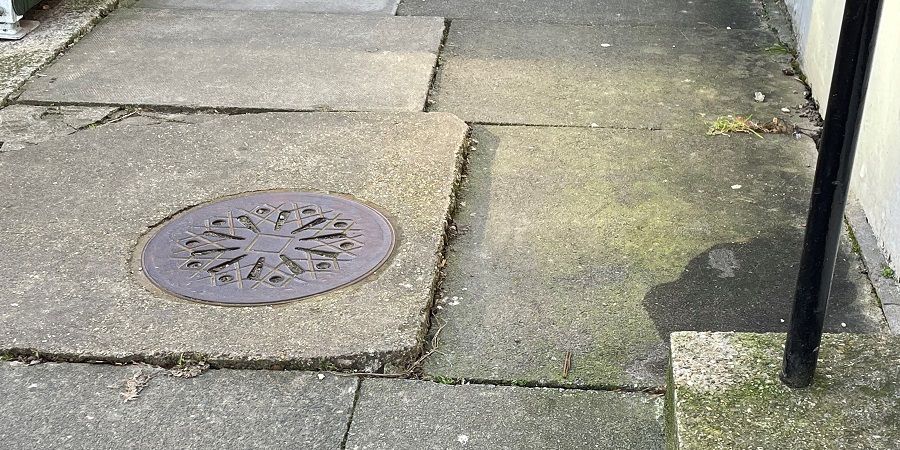
And please don't forget to drop your pins

